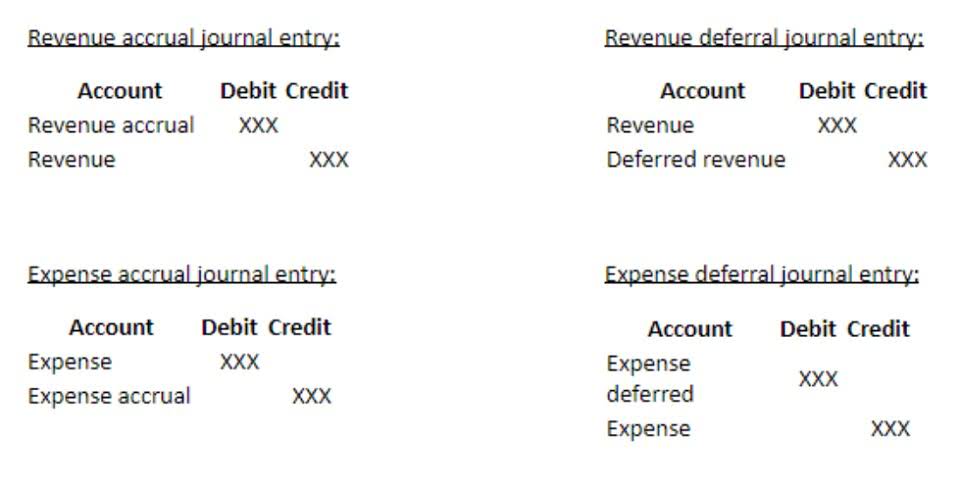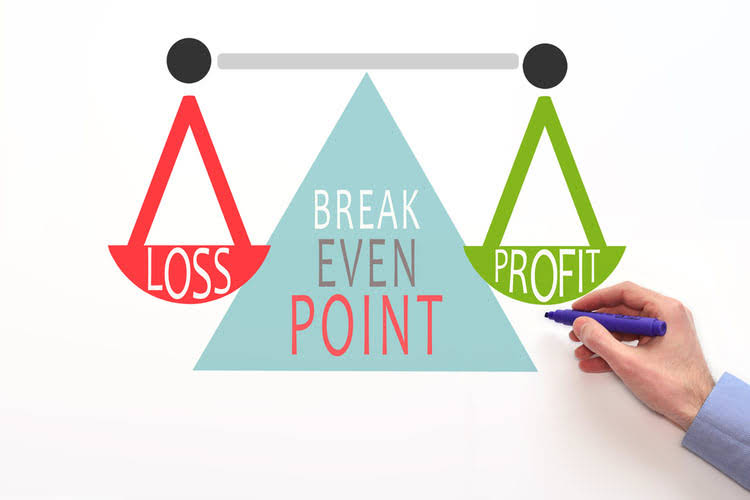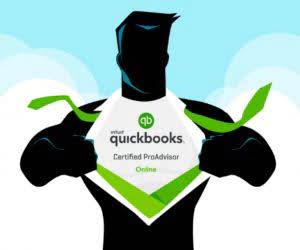
It is possible that the information necessary for ABC is not easily accessible and will be necessary to do unique calculations for the purpose. Larger organizations frequently use the services of consultants who are experts in the field to assist them in putting a system into operation. Get a high-level overview of key performance indicators (KPIs) by toggling over to the real-time project or portfolio management dashboard. It displays time, cost, workload and more in easy-to-read graphs and charts. You need a member of staff with the knowledge and time to collect and collate this amount of data. And to make it sustainable and repeatable, you need to implement an efficient system throughout your company.
Example & Comparison of Full Costing vs. Activity-Based Costing
- Development and Implementation of the ABC system for any organization require specific skills.
- However, the implementation comes with several challenges for the management and employees.
- Unlike traditional costing methods, ABC recognizes that not all activities contribute equally to the overhead costs and aims to provide a more accurate representation of the true cost of goods or services.
- The cost per setup is calculated to be $500 ($200,000 of cost per year divided by 400 setups per year).
- Third, capacity planning can be challenging because a startup has reduced visibility into maximum capacity requirements.
Another advanced technique is the integration of ABC with Lean management principles. Lean management focuses on eliminating waste and improving efficiency, and when combined with ABC, it can provide powerful insights into cost-saving opportunities. By identifying non-value-added activities through ABC, businesses can apply Lean techniques to streamline these processes, thereby reducing costs and improving overall efficiency. For instance, a manufacturing company might use ABC to identify that a significant portion of its costs are tied to rework and scrap. By applying Lean principles to reduce defects, the company can lower these costs and enhance product quality. In Activity-Based Costing, activities are categorized into different levels to facilitate precise cost allocation.
Top 10 Ways to Attract Investors to Your Company
After identifying activities, the focus shifts to determining the cost drivers for each activity. Cost drivers are the factors that influence the cost of an activity, such as machine hours, labor hours, or the Budgeting for Nonprofits number of purchase orders. Selecting the right cost drivers is essential for the accuracy of the ABC system. Advanced analytics tools like SAS Activity-Based Management can assist in analyzing historical data to identify the most relevant cost drivers. These tools can also simulate different scenarios, helping businesses understand how changes in cost drivers impact overall costs. Implementing an ABC model involves several steps, such as identifying key activities, associating costs with these activities, and using chosen activity cost drivers as indicators for resource consumption rates.

Discover more from Accounting Professor.org

It allows for a greater understanding of activity-based costing by identifying activities as fundamental cost objects and assigning costs through activity drivers representing resource consumption. Consequently, ABC becomes a crucial allocator of costs, integral to capturing the true cost of products and services with precision. ABC offers a more precise method by aligning activities with their respective costs and products, whereas traditional costing allocates overhead on a singular basis like labor hours. ABC provides more actionable data for refining cost analysis and product profitability, while traditional costing methods align more closely with GAAP and require less intricate setup and maintenance.
Activity Based Costing Outline
- Respective approaches for AAA get defined and staffed in the context of mobile services, when using smart phones as e.a.
- Under activity based costing, $200,000 of the overhead will be viewed as a batch-level cost.
- Some ABC systems place activities in descending order based on the value they provide to the organization or the products it produces.
- The time-driven approach to Activity Based Costing can simplify the complexities of business than that of the traditional ABC costing system, which might take each process variant as a distinct activity.
Manufacturing and mass-producing businesses with overhead costs use Activity-Based costing to have a clear understanding of where investment is going. Activity-Based costing objectives give a detailed breakdown of the cost, where you can make a list of the actually profitable products. Using the activity-based cost accounting method allows you to be strategic in how you charge your customers. When you estimate product costs with these costing methods, it’s hard to maneuver much. The assumption is that you’re making money on each of your products, but you don’t know how much, so varying from your strategy could mean you’ll end up losing money on some of your prices. With the ability to change pricing based on fluctuating costs and predict future costs as you scale, it’s not hard to see why.
Steps to Implement Activity-Based Costing in Your Business 🚀

By providing a meticulous breakdown of costs per activity, ABC sheds light on the subtle financial intricacies of a company’s production expenditure, allowing for more accurate and competitive pricing. An accurate calculation and pricing of goods, products, and services are one of the challenging tasks to tackle for business owners and manufacturers. This is what attracts any customers automatically because of realistic transparency and because of worthy pricing. Once you have these figures, calculate how much of each expense is consumed by each of your products or services.
These levels include batch-level activity, unit-level activity, customer-level activity, organization-sustaining activity, and product-level activity. At the foundation of the ABC costing method lies the concept that activities – defined as events, tasks, or units of work with a specified goal activity based pricing – are integral in overhead allocation and indirect cost assignment. Activities consume resources and, as a result, accumulate indirect costs.

Key Principles of Activity-Based Costing
- In conclusion, embracing Activity Based Costing equips companies with the knowledge and insights required to make calculated, beneficial choices for their future growth and success.
- This includes identifying activities central to cost allocations and distinguishing directly traceable costs.
- The approach of activity-based costing can be replicated in different business aspects.
- The formula for activity-based costing is the cost pool total divided by the cost driver, which yields the cost driver rate.
- Activity-based costing serves and complements many other analyses and measures, including target costing, product costing, product line profitability analysis, service pricing, and more.
- Knowing your expenses accurately is more crucial than ever in a world where every cent matters.
That Gantt chart schedules resources, but then to get an overview of resource allocation, view the color-coded workload page. The company identifies three key activities and groups related costs into cost pools. For example, apportioning utilities costs to particular activities is an educated guess, not a ‘to the penny’ calculation. You now have a precise idea of your costs, which obviously leads to a more exact budget and clearer business planning.
Methodology
Activity-based costing (ABC) is a useful costing method that accounts for overheads and indirect costs. It allocates costs through identifying cost activities, cost drivers, and cost pools. Activity-Based Costing (ABC) is a approach that assigns indirect and overhead costs to related products and services. This approach recognises the relationship between costs, overhead activities, and manufactured products, making the assignment of indirect Certified Public Accountant costs to products less arbitrary compared to traditional methods.
